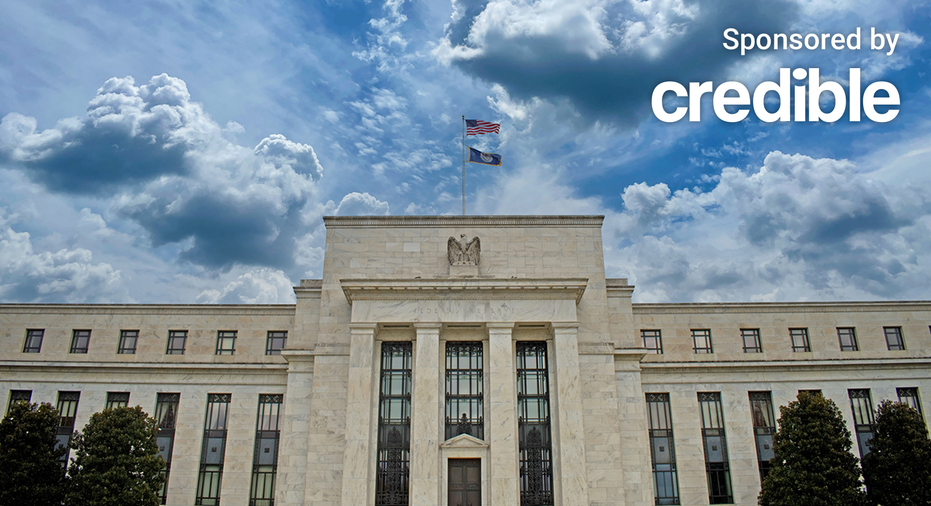
In November, annual inflation rose to 2.7%, surpassing the previous month’s rate of 2.6%, as reported by the Consumer Price Index (CPI) released by the Bureau of Labor Statistics (BLS).
The monthly inflation rate saw a 0.3% increase in November, following four consecutive months of 0.2% rises, according to BLS data. The cost of housing emerged as the primary driver behind the monthly inflation spike, contributing nearly 40% to the overall increase across all items. Additionally, food prices rose by 0.4%, while energy prices edged up by 0.2% after remaining stable in October.
Despite the uptick in inflation, analysts do not foresee this trend dissuading the Federal Reserve from implementing interest rate cuts in the near term. However, experts, including Jim Baird, chief investment officer with Plante Moran Financial Advisors, warn that the central bank may encounter challenges in achieving its long-term inflation target of 2%.
Baird commented on the outlook, stating, “The real questions relate to what comes next. The path for 2025 is less clear, but a course correction by the Fed toward holding rates a bit higher for a bit longer appears increasingly probable.”
In its most recent meeting, the Fed announced a quarter-point cut, bringing interest rates down to a range of 4.5% to 4.75%. Although inflation has significantly decreased over the past two years from a peak of 7% to the current 2.6%, Federal Reserve Chair Jerome Powell reaffirmed the commitment to the 2% inflation target.
Gabe Abshire, CEO of Move Concierge, highlighted the ongoing impact of inflation, stating, “Inflation continues to weigh down the wallets of the average American family, along with persistently high interest rates impacting everything from credit card spending to mortgage refinancing.” Abshire added that while the Fed is likely to cut rates once again next week, it may take time for these reductions to translate into lower household costs. Should inflation remain persistent, substantial cuts may not occur in the immediate future.
For those facing high inflation, considering a personal loan might be advisable as a means of managing debt at a more favorable interest rate, potentially lowering monthly payments. Personalized rates can be explored on Credible without impacting credit scores.
THE FED JUST CUT INTEREST RATES AGAIN, THIS TIME BY A QUARTER OF A PERCENTAGE POINT
Mortgage Rates Decrease
The housing market continues to feel the effects of high mortgage rates and home prices, which have kept many potential buyers at bay. However, in alignment with the Fed’s recent rate cuts, mortgage rates have fallen to their lowest levels in over a month, according to Freddie Mac.
Danielle Hale, Chief Economist at Realtor.com, indicated that the Fed is likely to maintain its course of rate cuts, bringing positive prospects for the mortgage sector. “In the Fed’s most recent September projections, members anticipated a policy rate of 3.4% by the end of 2025, yet current market expectations reflect a higher rate of 3.9% as investors have priced in two fewer cuts by then,” Hale stated. “This positioning could allow for lower market interest rates if the Fed’s projections materialize.”
Hale also projected that market mortgage rates could decline to 6.2% by the end of 2025, facilitating improved access to housing for buyers. “This may lead to a modest sales increase of 1.5% in 2025, despite anticipated price rises of 3.7% that will keep monthly payments relatively stable for homebuyers,” she explained. “Improved affordability, aided by steady income growth from a resilient economy and a healthy labor market, is expected in the year ahead.”
For those in the market to buy a home currently, various mortgage options can be compared quickly on Credible to identify favorable rates and lenders.
THE U.S. ADDED 227,000 JOBS IN NOVEMBER, SETTING IN MOTION POTENTIAL FED RED CATS IN DECEMBER
Car Insurance Rates Decline
November also saw car insurance costs experience a decrease, with the annual rate of increase dropping for the seventh consecutive month, reflecting the lowest annual increase since September 2022, according to the CPI report.
While insurance costs remain high, signs indicate that the severe rate hikes may be subsiding, according to Josh Damico, Vice President for Insurance Operations at Jerry. He noted that while repair costs continue to rise, many claims-related expenses, including vehicle prices and parts, have stabilized or decreased in recent months, with used car prices down 16% from their peak in early 2022.
“Today’s data aligns with what we’re hearing from carriers,” Damico commented. “They’re beginning to see some relief in claims costs, which is prompting them to pause rate increases and reassess their strategies, with some even considering rolling back recent hikes.”
For those seeking to reduce their automotive expenses, it might be worthwhile to explore alternative auto insurance providers to secure lower premiums. Credible offers a platform to compare different rates and find personalized options.
FHFA ANNOUNCES HIGHER MORTGAGE LOAN LIMITS FOR 2025
Have a finance-related question but don’t know who to ask? Email The Credible Money Expert at moneyexpert@credible.com and your question might be featured in Credible’s Money Expert column.


























